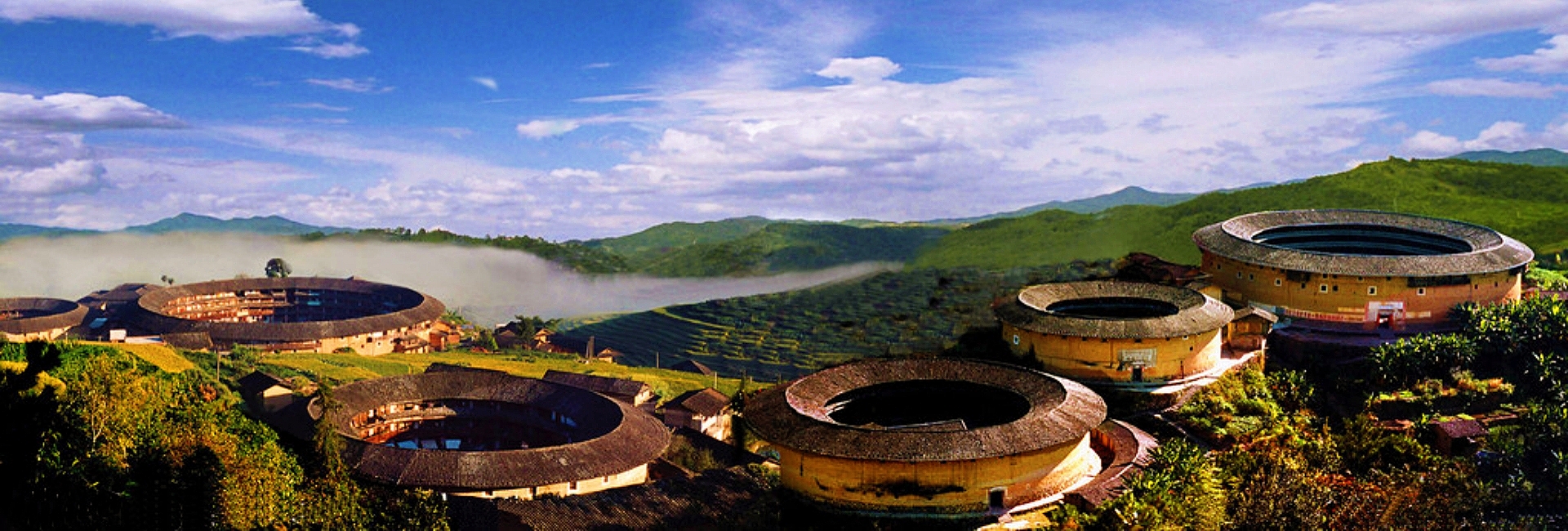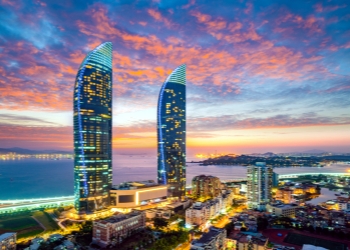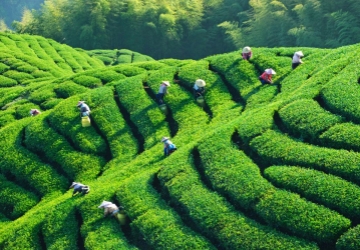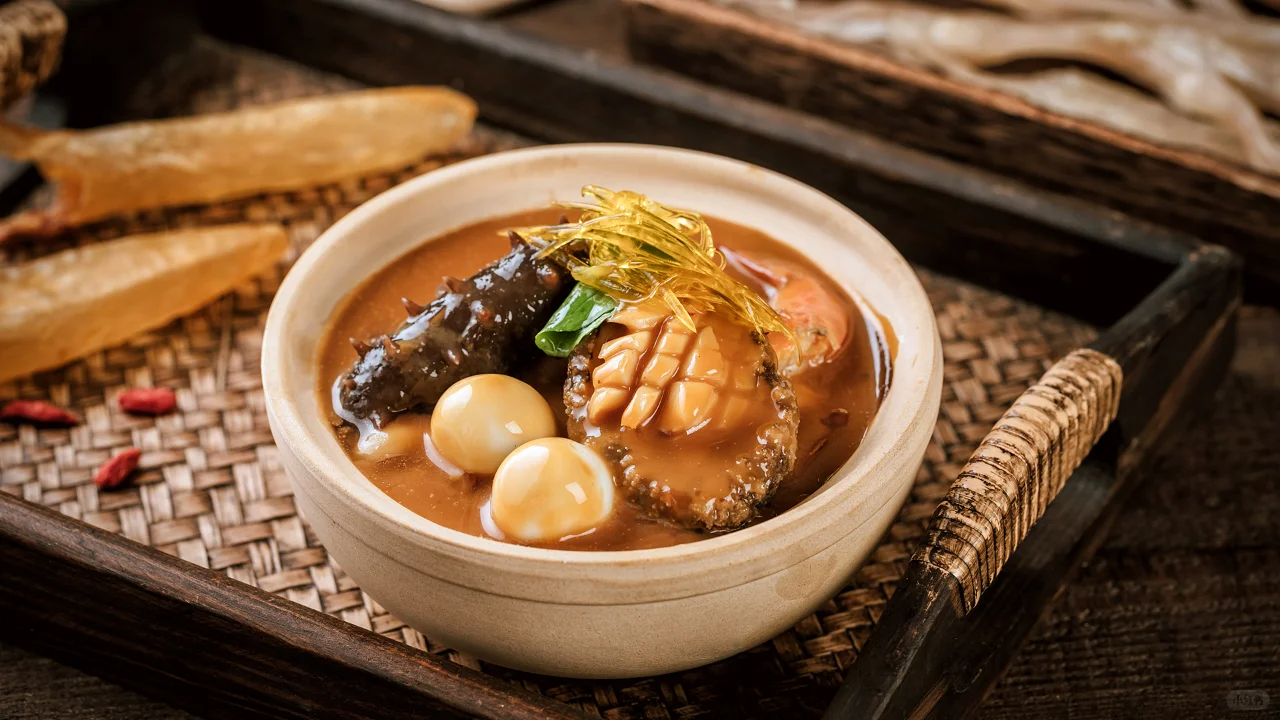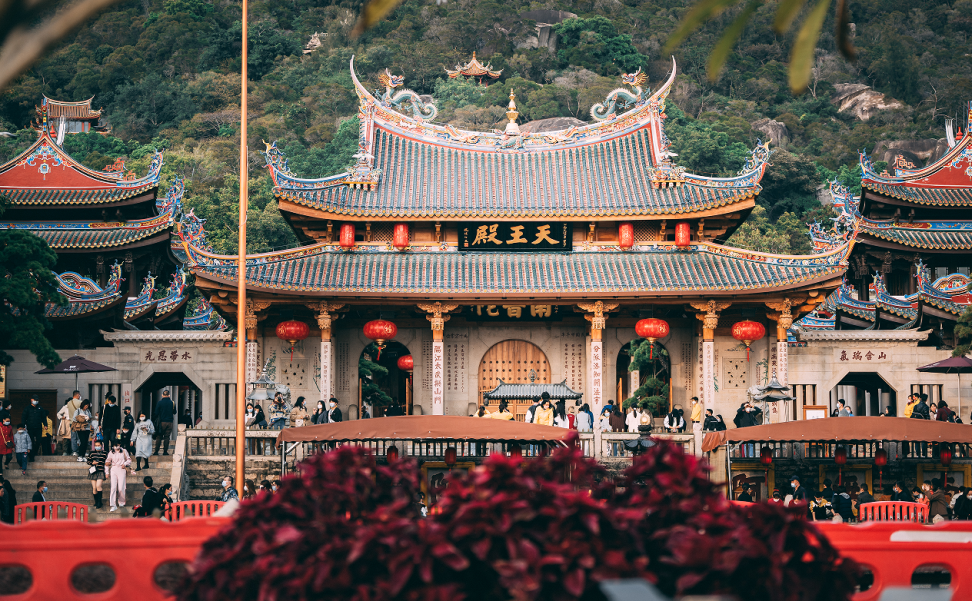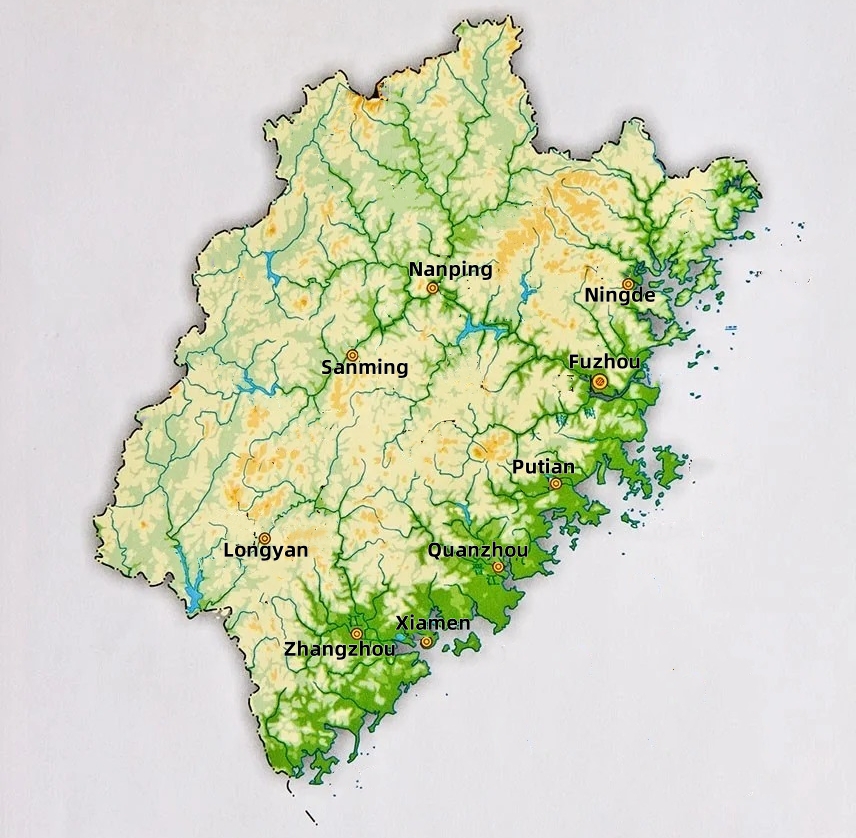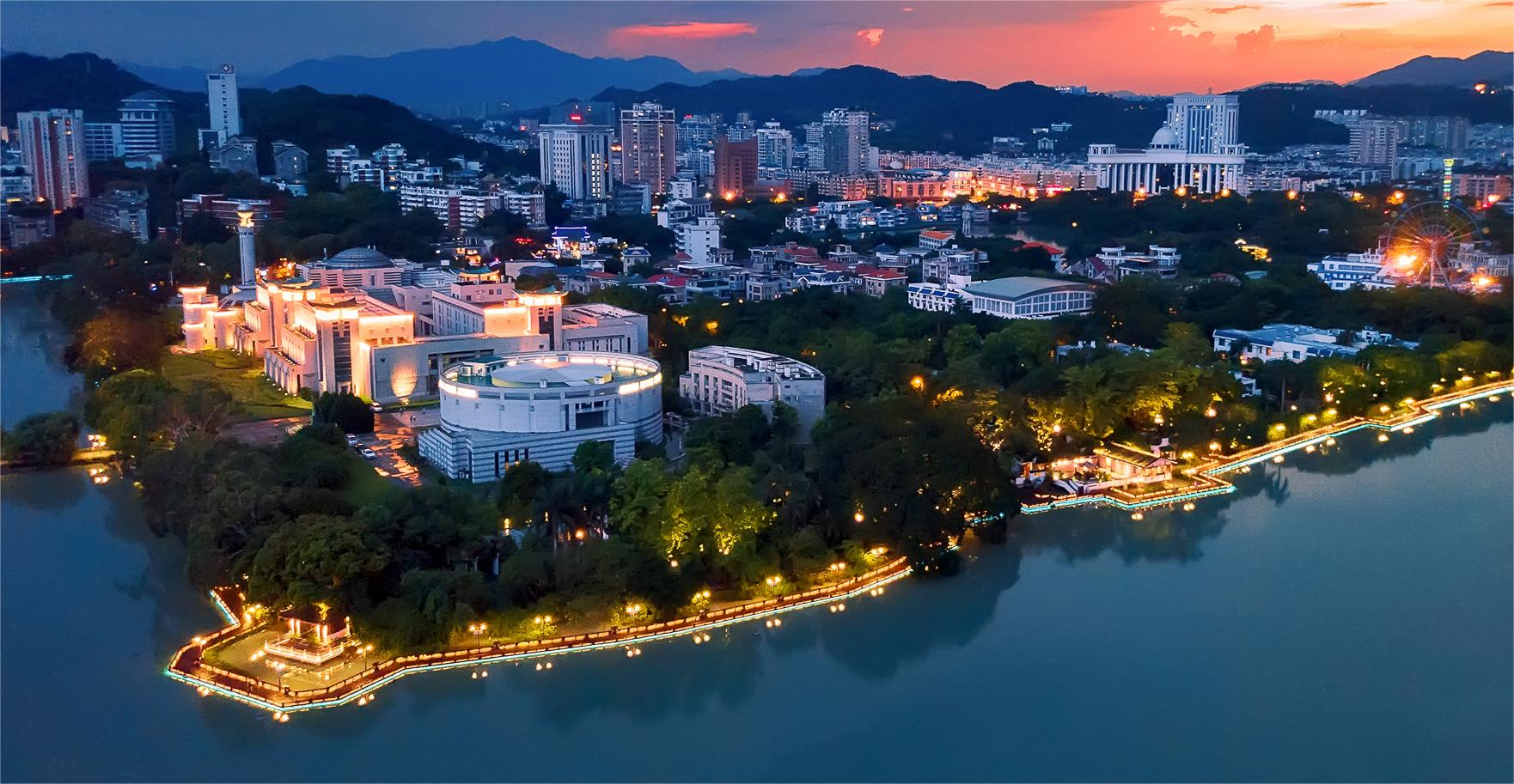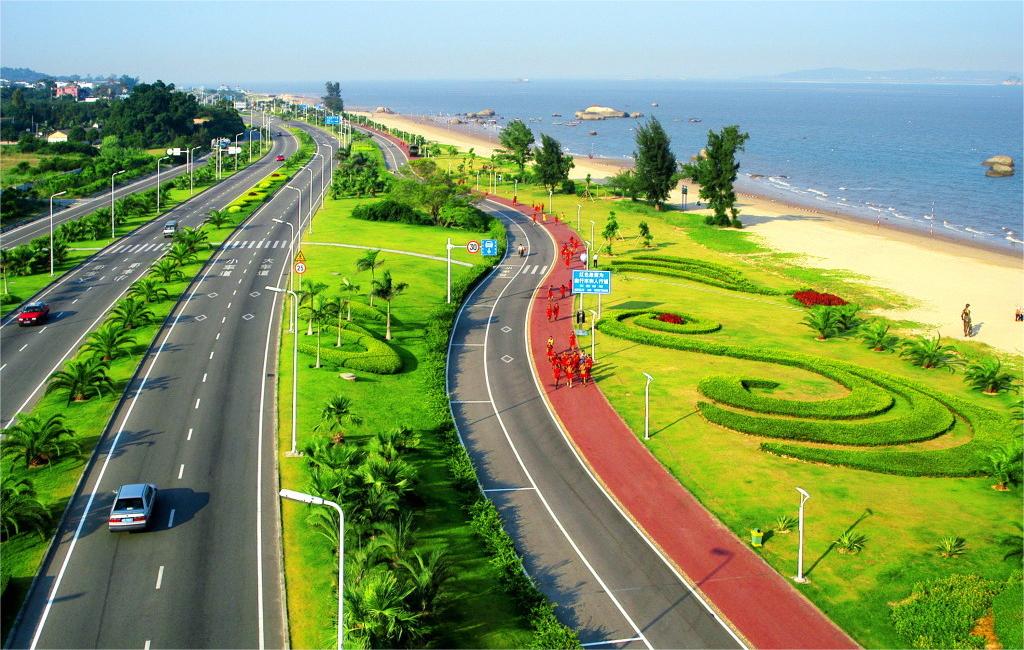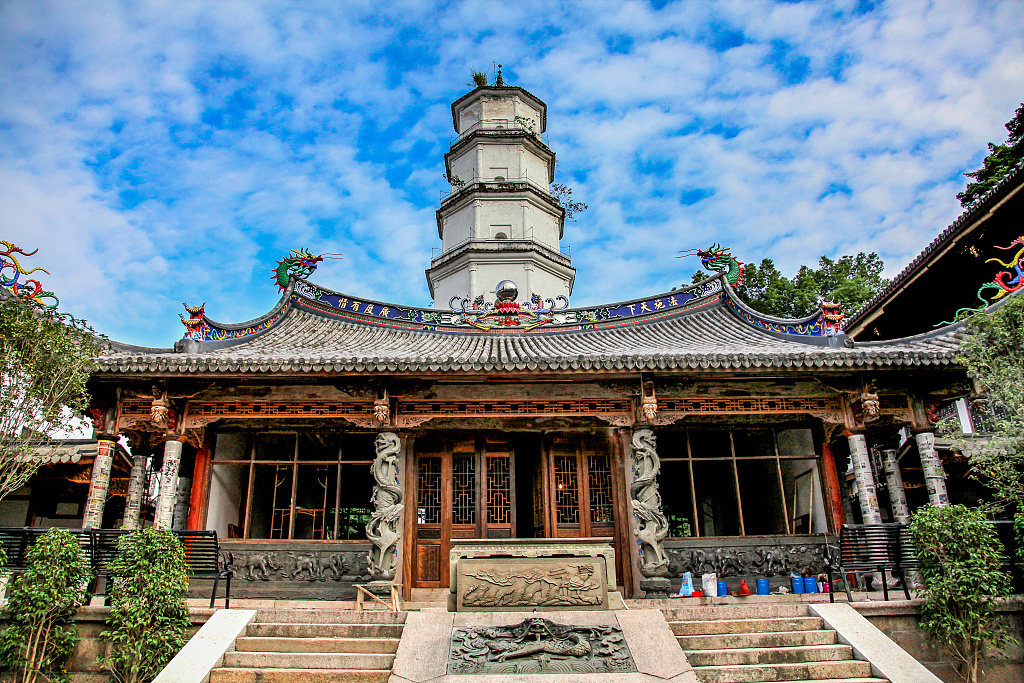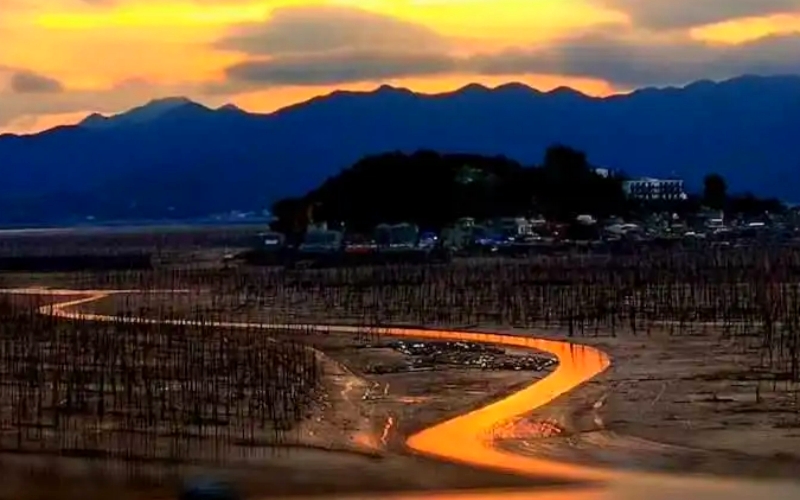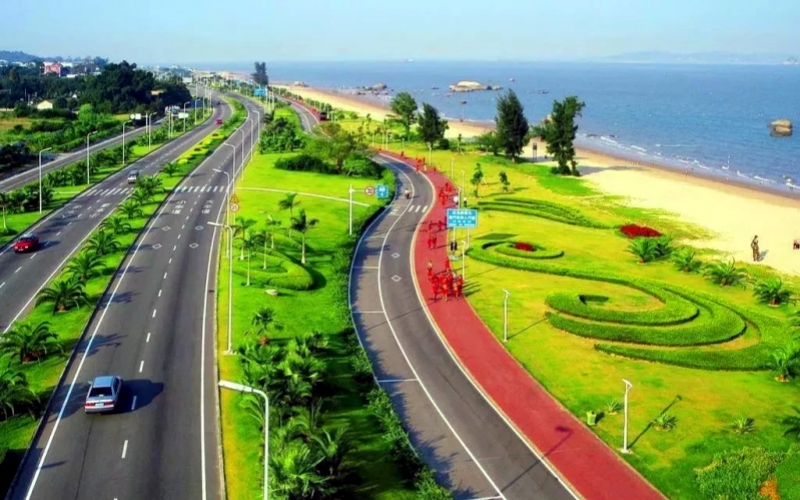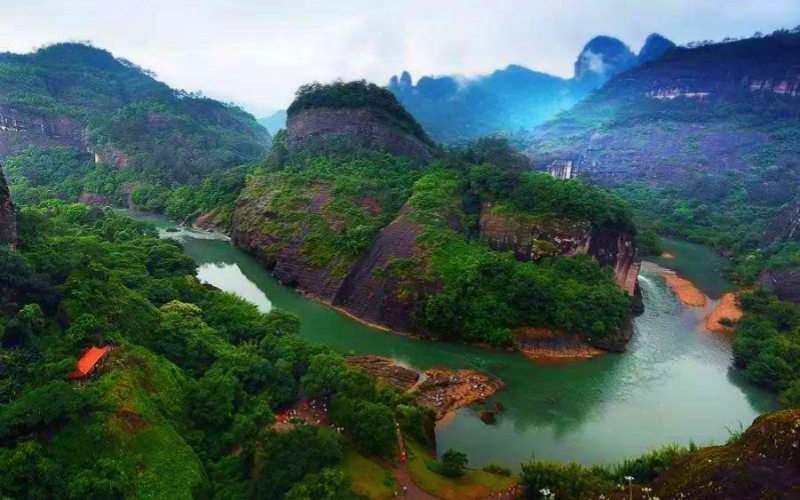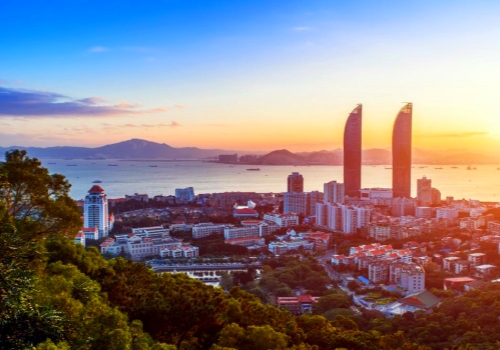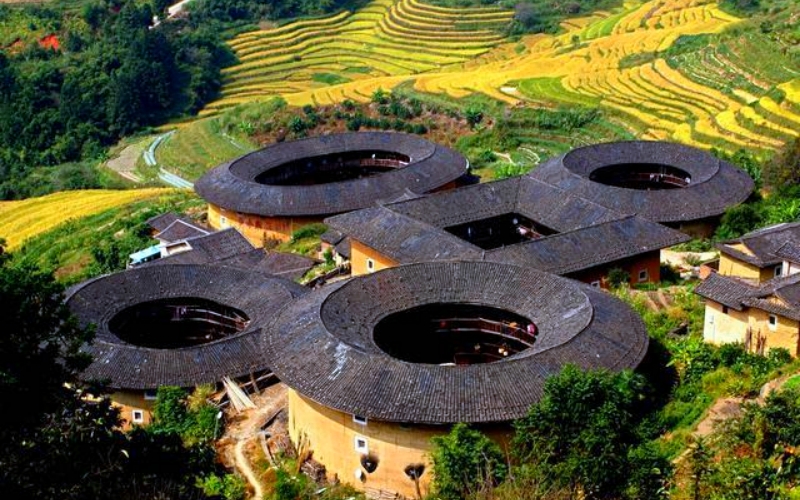Fujian Travel Guide
Welcome to Fujian, a place known as "Mountain and Sea Gallery, Blessed Land on Earth". Fujian is a province situated in the southeastern coastal area of China, known for its rich cultural heritage and historical significance. The capital of Fujian is Fuzhou City, with other major cities including Xiamen, Quanzhou, Zhangzhou, and more.
Fujian boasts a picturesque blue coastline with stunning blue seas and skies. The waves crashing at the junction of the sea and sky make for an awe-inspiring sight. This coastline stretches for over 3,000 kilometers and is the birthplace of the Maritime Silk Road. In Fujian, you can enjoy a range of activities such as riding the waves, stargazing, sea fishing, camping, watching mermaid performances, and experiencing the thrill of sailing and surfing. The coastal scenic in Fujian will fulfill all your fantasies! So, if you're looking for a relaxing and refreshing getaway, come and take a blue trip to Fujian.
Fujian boasts of its lush greenery - from the green mountains and forests to the delicate green of tea leaves and the vibrant green of the Hakka people. How happy it is to stroll in this blessed land and savor its sweet fragrance! With a forest coverage rate of 65.12%, Fujian has held the top position in the country for 44 consecutive years. In the summer, it's the perfect destination to escape the heat and relax in the mountains and waters.
Fujian is colorful, with a diverse cultural landscape, which has bred Fujian Maritime Silk Road culture, Zhuzi culture, shipyard culture, Hakka culture, red culture, Mazu culture, tea culture, and other splendid and unique colorful cultures.
Fujian is waiting for you. Come to Fujian for an experience of unique island scenery, rich history and culture, and famous tourist attractions! Explore Gulangyu Island, Tulou, and Wuyi Mountain, and savor local delicacies, including southern Fujian cuisine and seafood. Take part in traditional cultural activities, such as Fujian opera performances and tea art experiences.
Our Fujian Travel Guide can provide available information for your travel. It's time to start a wonderful trip to Fujian!
Features
Chinese: 福建 Fujian Area: 124,000 square kilometers
Time Zone: UTC+8 Population: 41.83 million
Location: The Coast of Southeast China Climate: Subtropical Climate
Post Code: 350000-365000 Administration Type: Provincial-level Administrative Region
Area Code: 0591-0599 Average Annual Rainfall: 1400-2000 mm
Top Fujian Tourist Attractions
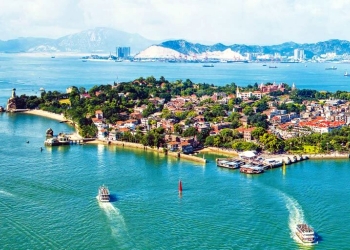
Gulangyu Island is located just southwest of Xiamen City. The climate on the island is pleasant and feels like spring throughout the year, with birds singing and flowers blooming, earning it the nickname "Sea Garden". It is the largest island in Xiamen, with many Western-style buildings and criss-crossing streets. Many buildings on the island have a strong European style, filled with classicism and romanticism. It has a green coverage rate of over 40%, with an abundant plant population, seamlessly integrating history, culture, and natural landscapes. The unique history of the development of Gulangyu Island for more than 100 years has made Gulangyu Island a place with a colorful cultural landscape, complex history, many national styles, and a combination of Chinese and Western.
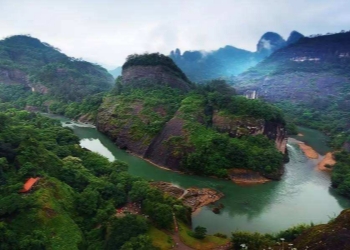
Wuyi Mountain is situated in the northwest of Fujian Province. It has unique, rare, and stunning natural landscapes, as well as profound historical and cultural significance. The core scenic spot of Wuyi Mountain belongs to the Danxia landform. In the scenic area, the Jiuqu River, which is deep and clear, surrounds the mountain, and many Dan cliffs on both sides of the river take on various forms. For thousands of years, the unique geographical environment and natural conditions have resulted in the world-famous biodiversity of Wuyi Mountain. Here, you can enjoy breathtaking views such as a sea of clouds and sunrise in the morning, walk the mountains to make tea in the afternoon, or sit by the Jiuqu River and watch the landscape changing light and shadow present the romance of orange pink, or blue-purple.
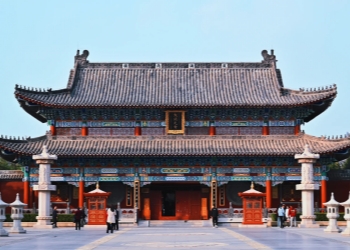
Kaiyuan Temple, situated in Quanzhou City, is a crucial cultural heritage on the southeast coast of China and the largest Buddhist temple in Fujian Province. The layout of Kaiyuan Temple is well-proportioned, complete, rigorous, and magnificent. Its main structure was built in the 10th century, and it has preserved the typical layout of the early stage of the development and formation of large Buddhist temples in ancient China, that is, another pagoda courtyard was built on the east and west sides of the central axis courtyard. The many historical sites of the integration of Chinese and foreign religious cultures in the temple are the historical witnesses of Quanzhou's glorious "Maritime Silk Road" history and frequent exchanges between Chinese and foreign religious cultures.
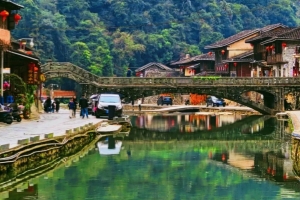
Taxia Village is situated in Shuyang Town of Zhangzhou. It is a typical Hakka village located in a canyon between two mountains. The earth buildings in Taxia Village are built along the river, and they come in various shapes, including common square and round Tulou, and apron-shaped Tulou. The most unique feature of the village is Diaojiao Lou of single-courtyard civil and brick-wood structures. Among them, Yu De Building and Shunchang Building are located on both sides of the stream, combined with the stream shape like Taiji, Taxia Village is therefore known as "Taiji water town".
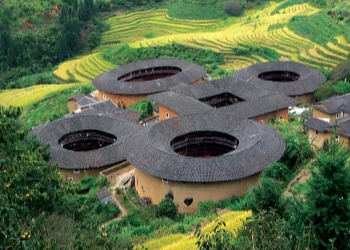
The Tianluokeng Tulou Cluster is a typical cluster of Hakka Tulou buildings located in Nanjing County, Zhangzhou City. It is mainly composed of one square building, three round buildings and one oval building, which are Buyun Building, Zhenchang Building, Ruiyun Building, He Chang Building and Wenchang Building. Tianluokeng Tulou Cluster built in the order of the generation among five elements "metal, wood, water, fire, and earth". Due to its unique combination of architectural styles, the Tianluokeng Tulou Cluster is considered a model of Hakka Tulou clusters in Fujian Province.
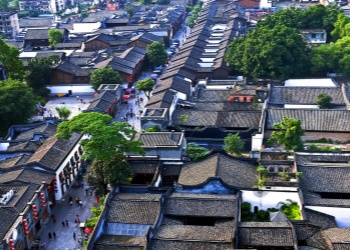
Three lanes and seven alleys is a tourist resort with a long history and profound cultural heritage. Located in the center of Fuzhou, it covers an area of about 45 hectares and has three lanes and seven alleys, hence the name "three lanes and seven alleys". The three lanes and seven alleys began in the Jin Dynasty, developed in the Tang Dynasty and five dynasties, and reached its peak in the Ming and Qing Dynasties. Today, it still retains the ancient lane style and is known as "the Museum of the Buildings of the Ming and Qing Dynasty". It is a historical and cultural district with large scale and complete protection in China.
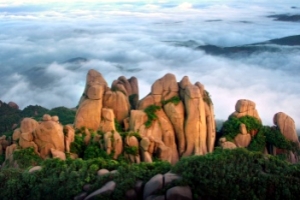
Taimu Mountain is a scenic tourist resort located in Fuding City, northeast of Fujian Province. The mountain is known for its granite peaks and caves, which offer a unique landscape that integrates mountains, seas, rivers, islands, and cultural landscapes. Due to its beautiful scenery, profound cultural heritage, and rich tourism resources, Taimu Mountain attracts numerous tourists.
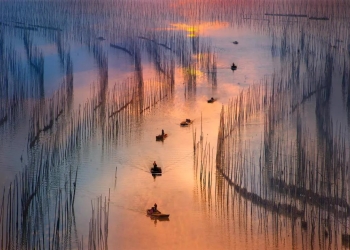
The beautiful lines formed by many bamboo poles inserted on the tidal flat are arranged on both sides of the "S"-shaped harbor waterway, forming a perfect Xiapu tidal flat scenery. Every time the kelp is harvested, the ships that come and go will shuttle between the "s"-shaped pole shadows, making the originally beautiful harbor more colorful and the rhythm of ink painting more outstanding.
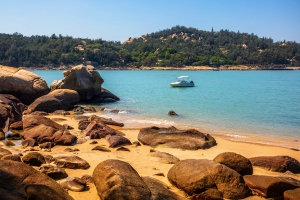
Dongshan Island is the second largest island in Fujian Province, China's seventh largest island, it retains a relatively primitive fishing village. On Dongshan Island, you can enjoy the turquoise sea water, the beautiful road around the sea, and the rustic fishing village. The main island of Dongshan Island is connected end to end by seven crescent-shaped bays. With more than 20 kilometers of beautiful coastline, clear and translucent sea water, soft and delicate beaches, and blue sky and white clouds, known as Fujian's "little Hawaii" reputation, but also a seafood lovers paradise.
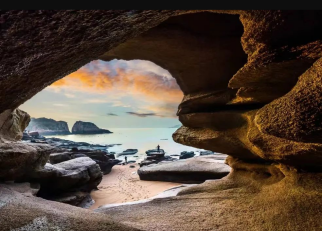
"Donghai Line 1", the full name of the Donghai No.1 Dongchong Peninsula Sightseeing Road, has a length of about 96.3 kilometers and is a newly built coastal highway. Here you can enjoy the blue sea, beach, and sea road at the same time. This line connects many scenic spots, including Haiwei Viewing Platform, Daijing Beach, Danwan Viewing Platform, and Xiawei Island.
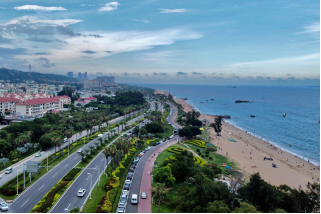
Xiamen Huandao Road is one of the scenic tourist roads around the sea in Xiamen City. You can enjoy the views along the way. Along the road, there are facilities such as Yefeng Village, Wanyue Hill, Shuxing Park, and Haiyun Gazebo. They link together to form a belt of engaging and colorful coastal attractions that illustrate the relaxing and best side of Xiamen.
......
Visit Fujian with Reliable Travel Agency
To better explore Fujian, choose a reliable travel agency that will help you make your dream tour come true.
We are here to provide you with unforgettable tours! We have been devoted to inbound tourism for more than 20 years, with 98% 5-star reviews on TripAdvisor.
We will provide you with the best service and price to guarantee you a great Fujian holiday.





























